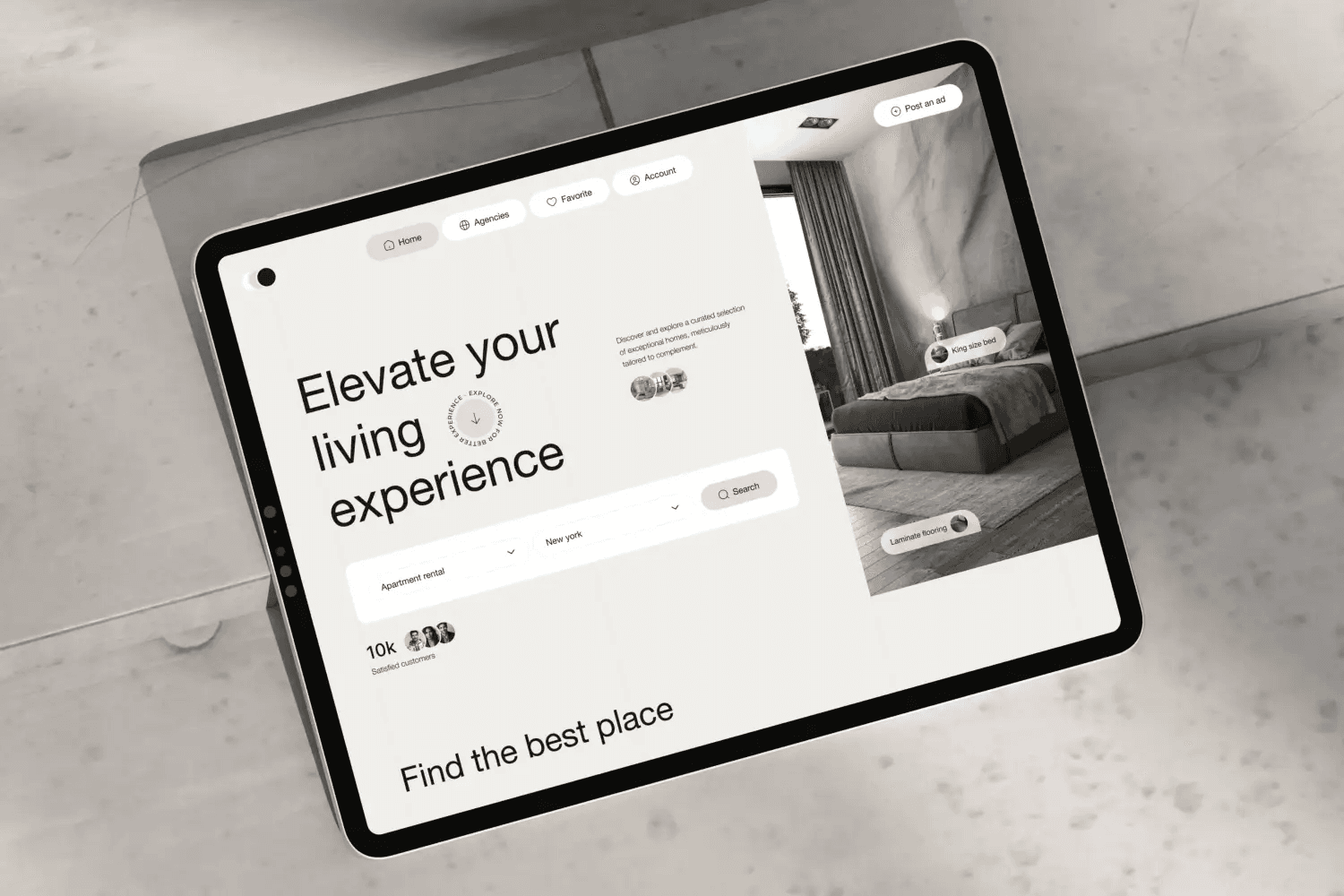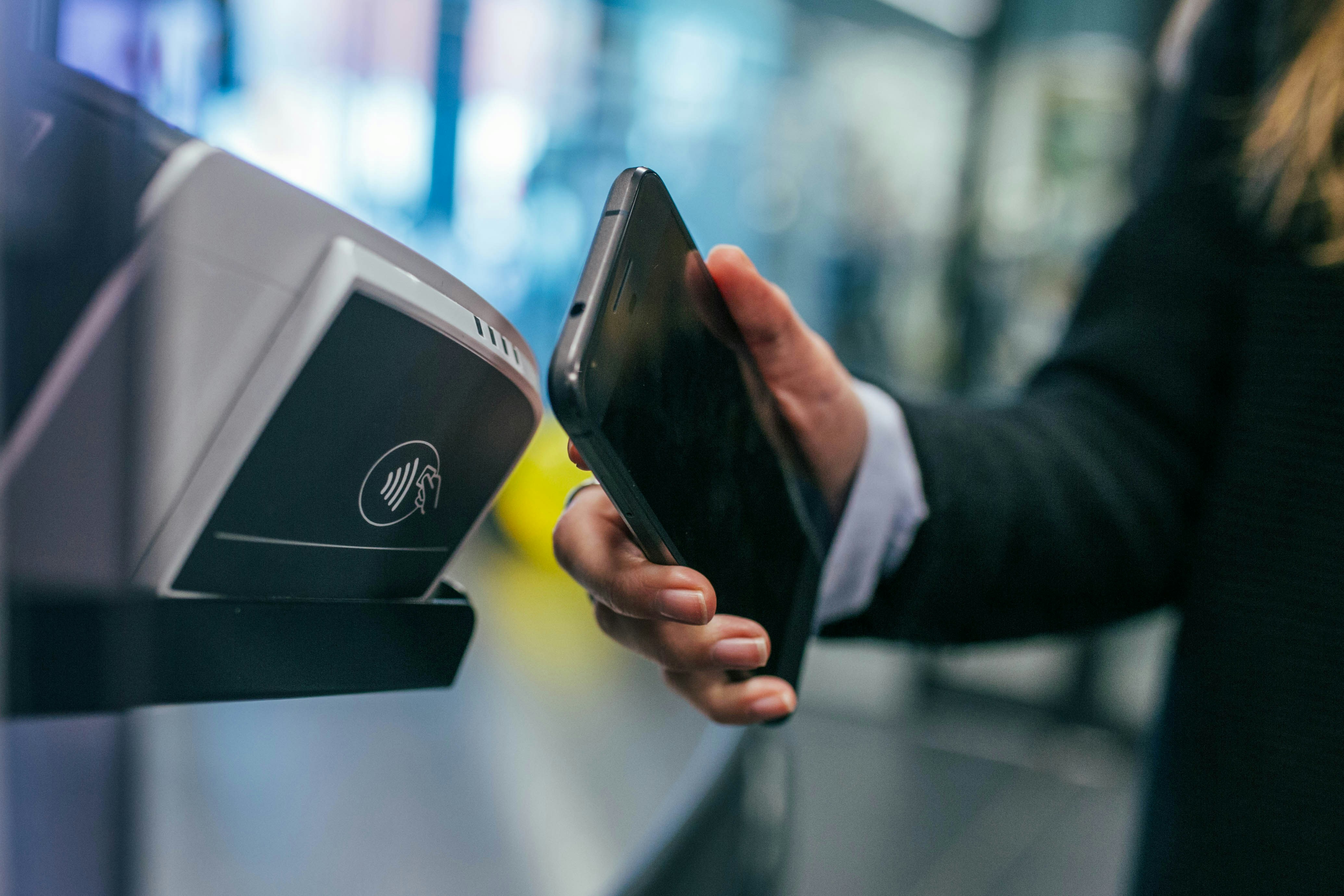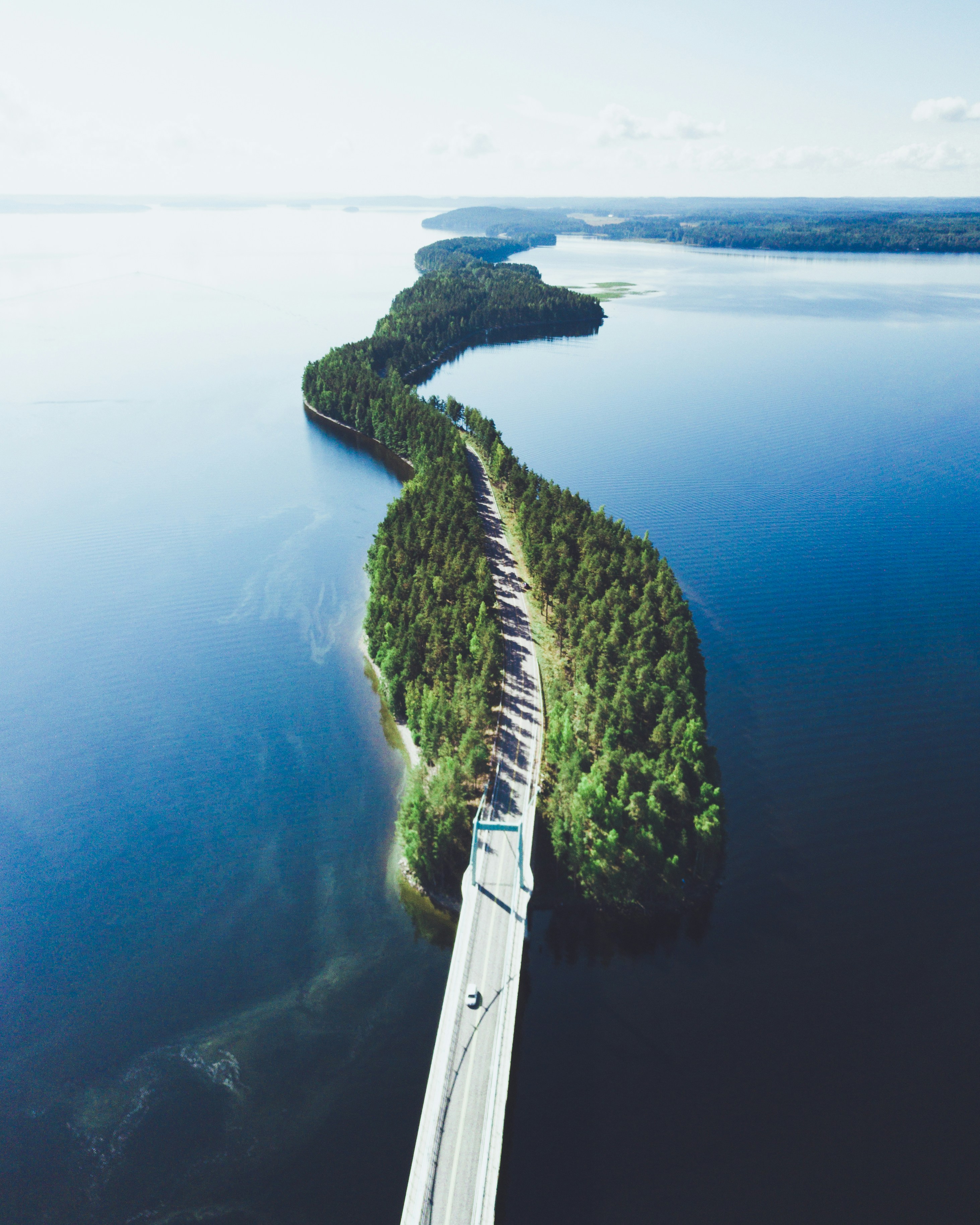Scale your business with AI
Creating Impactful
Products and Brands
Artificial Applied Intelligence Studio ©
Artificial Applied Intelligence Studio ©

Enterprise Consulting

Enterprise Consulting

Enterprise Consulting

Enterprise Consulting

LlamaIndex Integrations

LlamaIndex Integrations

LlamaIndex Integrations

LlamaIndex Integrations

Automated Business Workflows

Automated Business Workflows

Automated Business Workflows

Automated Business Workflows

AI Product Development

AI Product Development

AI Product Development

AI Product Development
Got an idea for a project?
Fill out the form and and we will respond promptly to make it a reality
Got an idea for a custom AI project?
Fill out the form and and we will respond promptly to discuss it further
Got an idea for a project?
Fill out the form and and we will respond promptly to make it a reality
Our Work
Selected Projects




We developed an agent that can accurately predict insurance claim costs based on the RAG, compiled from thousands of historical medical reports and invoices.
Case study: https://www.llamaindex.ai/blog/revolutionizing-medical-insurance-analysis-with-agentic-claim-estimation
Client testimonial: "The Insurance Copilot developed with Scaleport AI has significantly improved our claims processing speed and efficiency. We've reduced handling time by 50–75%, allowing us to process twice as many claims while maintaining high accuracy."
— Evgenii Fursov, CEO of Tripinsurance & Paramatrix

We developed an agent that can accurately predict insurance claim costs based on the RAG, compiled from thousands of historical medical reports and invoices.
Case study: https://www.llamaindex.ai/blog/revolutionizing-medical-insurance-analysis-with-agentic-claim-estimation
Client testimonial: "The Insurance Copilot developed with Scaleport AI has significantly improved our claims processing speed and efficiency. We've reduced handling time by 50–75%, allowing us to process twice as many claims while maintaining high accuracy."
— Evgenii Fursov, CEO of Tripinsurance & Paramatrix

We developed an agent that can accurately predict insurance claim costs based on the RAG, compiled from thousands of historical medical reports and invoices.
Case study: https://www.llamaindex.ai/blog/revolutionizing-medical-insurance-analysis-with-agentic-claim-estimation
Client testimonial: "The Insurance Copilot developed with Scaleport AI has significantly improved our claims processing speed and efficiency. We've reduced handling time by 50–75%, allowing us to process twice as many claims while maintaining high accuracy."
— Evgenii Fursov, CEO of Tripinsurance & Paramatrix




AI Assistant for Product Managers: SaaS for creating high-quality engineering tickets from product requirements. It is integrated with JIRA.
Built with: Next.js, Supabase, OpenAI
3x Increase
In productivity

AI Assistant for Product Managers: SaaS for creating high-quality engineering tickets from product requirements. It is integrated with JIRA.
Built with: Next.js, Supabase, OpenAI
3x Increase
In productivity

AI Assistant for Product Managers: SaaS for creating high-quality engineering tickets from product requirements. It is integrated with JIRA.
Built with: Next.js, Supabase, OpenAI
3x Increase
In productivity




A community search engine that helps the largest community of AI entrepreneurs - AAA Accelerator by Liam Ottley to connect with each other and find partners to collaborate on projects.
Built with: Python, Next.js, LlamaIndex, Qdrant
360+
Active users

A community search engine that helps the largest community of AI entrepreneurs - AAA Accelerator by Liam Ottley to connect with each other and find partners to collaborate on projects.
Built with: Python, Next.js, LlamaIndex, Qdrant
360+
Active users

A community search engine that helps the largest community of AI entrepreneurs - AAA Accelerator by Liam Ottley to connect with each other and find partners to collaborate on projects.
Built with: Python, Next.js, LlamaIndex, Qdrant
360+
Active users



Law firm AI Associate. Significantly reduces case review time by providing legal summaries in seconds, automated review and document generation. Supports PDFs, images, .docx, .xls, and scanned files.
Built with: LlamaIndex, VectorStore, GPT-4, React
Powerful features in conversational UX
Externally Security Audited

Law firm AI Associate. Significantly reduces case review time by providing legal summaries in seconds, automated review and document generation. Supports PDFs, images, .docx, .xls, and scanned files.
Built with: LlamaIndex, VectorStore, GPT-4, React
Powerful features in conversational UX
Externally Security Audited


We developed an agent that can accurately predict insurance claim costs based on the RAG, compiled from thousands of historical medical reports and invoices.
Case study: https://www.llamaindex.ai/blog/revolutionizing-medical-insurance-analysis-with-agentic-claim-estimation
Client testimonial: "The Insurance Copilot developed with Scaleport AI has significantly improved our claims processing speed and efficiency. We've reduced handling time by 50–75%, allowing us to process twice as many claims while maintaining high accuracy."
— Evgenii Fursov, CEO of Tripinsurance & Paramatrix







We developed an agent that can accurately predict insurance claim costs based on the RAG, compiled from thousands of historical medical reports and invoices.
Case study: https://www.llamaindex.ai/blog/revolutionizing-medical-insurance-analysis-with-agentic-claim-estimation
Client testimonial: "The Insurance Copilot developed with Scaleport AI has significantly improved our claims processing speed and efficiency. We've reduced handling time by 50–75%, allowing us to process twice as many claims while maintaining high accuracy."
— Evgenii Fursov, CEO of Tripinsurance & Paramatrix

We developed an agent that can accurately predict insurance claim costs based on the RAG, compiled from thousands of historical medical reports and invoices.
Case study: https://www.llamaindex.ai/blog/revolutionizing-medical-insurance-analysis-with-agentic-claim-estimation
Client testimonial: "The Insurance Copilot developed with Scaleport AI has significantly improved our claims processing speed and efficiency. We've reduced handling time by 50–75%, allowing us to process twice as many claims while maintaining high accuracy."
— Evgenii Fursov, CEO of Tripinsurance & Paramatrix
Your AI Expert


Nik Volynkin
Nik Volynkin
CEO
CEO
• Led the development of production AI solutions for enterprises in the US, UK, and EU
• Advising over 900 founders in the AAA Accelerator, the largest community of AI entrepreneurs
• AI SaaS exit
• Led the development of production AI solutions for enterprises in the US, UK, and EU
• Advising over 900 founders in the AAA Accelerator, the largest community of AI entrepreneurs
• AI SaaS exit
Future-proof your business today
Navigating the AI landscape with expert guidance


Tools we use:
In GenAI before ChatGPT
est.
2022



Nordic quality, Global attitude
From 🇫🇮 to 🌍
Strong Expertise
RAG
Agents


In GenAI before ChatGPT
(By Teemu and Nik)
2022
est.
Tools we use:


Strong expertise
RAG
Agents
Nordic quality, Global attitude
From 🇫🇮 to 🌍


Follow us
© Scaleport AI. All rights reserved
Follow us
© Scaleport AI. All rights reserved
Follow us
© Scaleport AI. All rights reserved
Follow us
© Scaleport AI. All rights reserved
